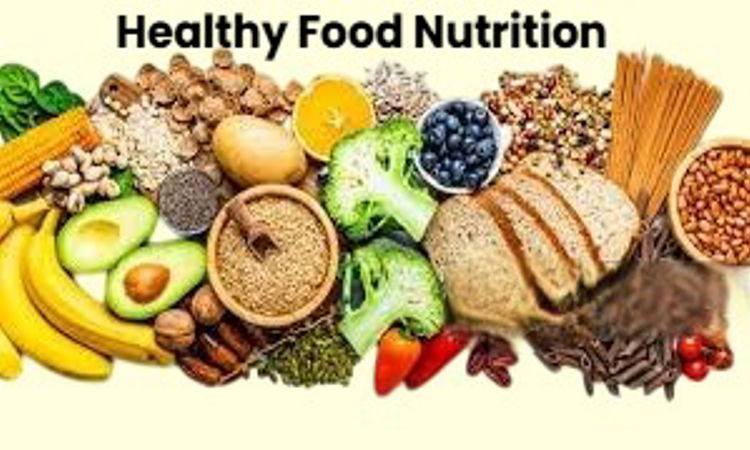These delicious, nutrient-rich foods help control cravings and enhance your weight-loss journey. While no single food guarantees weight loss, incorporating certain options into a balanced diet can support your goals.
Blood sugar levels are stabilized, appetite is reduced, and weight management is encouraged by a diet high in fruits, vegetables, and whole grains.Steering clear of sugary beverages—which are high in calories but low in nutrients—also plays a key role. Including high-protein and fiber-rich foods can help with satiety, making it easier to maintain a healthy eating plan. Of course, staying physically active is equally important.
Below are 14 foods that contribute to weight loss. While they can aid in burning calories, they work best when paired with regular exercise, quality sleep, and stress management.
Top Foods for Weight Loss
1. Apples – High in fiber and water, apples keep you feeling full and help control hunger between meals.
2. Asparagus – Low in fat and calories but packed with fiber, asparagus helps regulate digestion and promotes satiety.
3. Avocados – Despite their calorie content, avocados contribute to fullness and may prevent overeating throughout the day.
4. Broccoli – High in fiber and water, broccoli is a nutrient-dense food that supports weight control.
5. Fish – Rich in omega-3 fats and protein, fish is a great alternative to fattier meats for those looking to cut calories.
6. Carrots – Mostly water and fiber, carrots are a low-calorie option that helps curb appetite.
7. Eggs – A protein powerhouse, eggs support satiety and reduce the likelihood of overeating.
8. Lentils & Other Pulses – Chickpeas, beans, and peas promote fullness, making them beneficial for weight management.
9. Mushrooms – With their rich umami flavor, mushrooms add depth to meals without extra calories or fat.
10. Oats – Oatmeal contains soluble fiber that prolongs fullness and discourages excessive eating.
11. Nuts – Despite being calorie-dense, nuts can aid in portion control and support metabolism.
12. Pears – High in fiber and essential nutrients, pears are linked to a lower risk of obesity.
13. Leafy Greens – Nutrient-packed greens like spinach and kale add fiber to meals, supporting digestion and satiety.
Foods to Avoid for Weight Control
Certain foods may seem healthy but contain hidden calories that can disrupt weight-loss plans. Here are a few examples:
• Fruit-Flavored Yogurt: Often contains excessive added sugar, making it less beneficial for weight management.
Foods That May Sabotage Weight-Loss Efforts
Certain foods can seem healthy but may contain hidden calories, sugar, or processed ingredients that hinder weight management.
• Fast-Food Salads – Be cautious of prepackaged salads, as dressings and toppings can add up to 500 extra calories.
• Enhanced Water – These “flavored waters” often contain artificial sweeteners and additives rather than providing pure hydration.
• Refined Grains – While whole grains are beneficial, refined grains lack essential nutrients such as fiber, B vitamins, and healthy fats. Before making a purchase, always look for “whole grain” on labels. Additionally, it’s best to limit:
• Commercially baked cookies and cakes, which are high in fructose and can increase cravings.
• Fried foods and potato chips, including fast-food french fries, which offer little satiety.
• Candy bars—yes, even the ones that seem harmless!
How to Include Foods That Help You Lose Weight in Your Diet
Keeping nutrient-rich foods readily available can make healthy eating more accessible.
• Stock up on fruits, vegetables, and frozen produce for easy meal prep.
• Choose canned foods that are free of added sugar or salt, and rinse them before use to reduce excess sodium.
Hawkins, a nutrition expert, suggests making hearty salads with ingredients like kale, roasted sweet potatoes, walnuts, goat cheese, and vinaigrette. Pairing this with salmon can turn it into a balanced meal.
Another great approach is preparing soups and stews using lean meats, beans, and whole grains—an affordable way to maintain nutrition while reducing food waste.

Posted inFood

